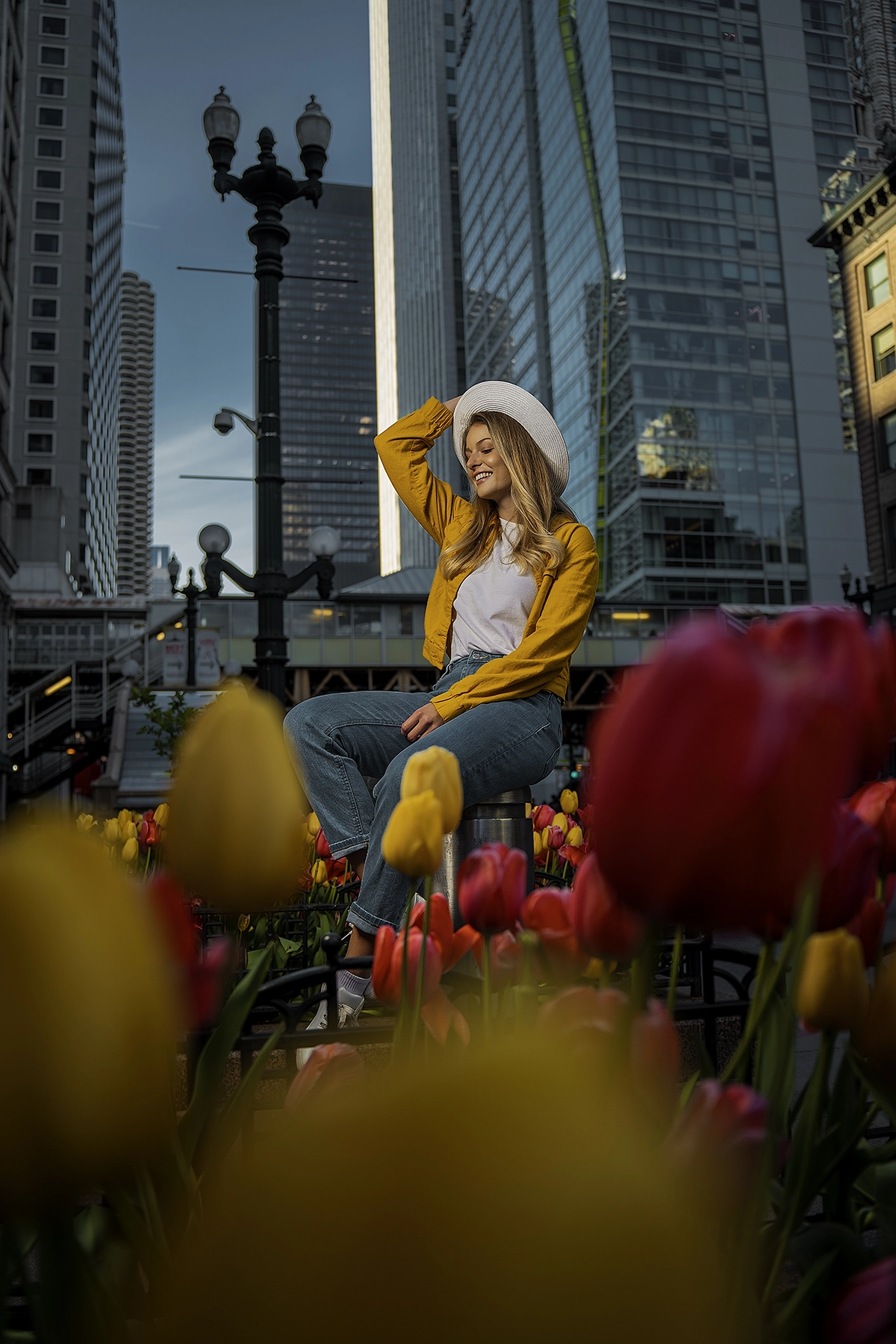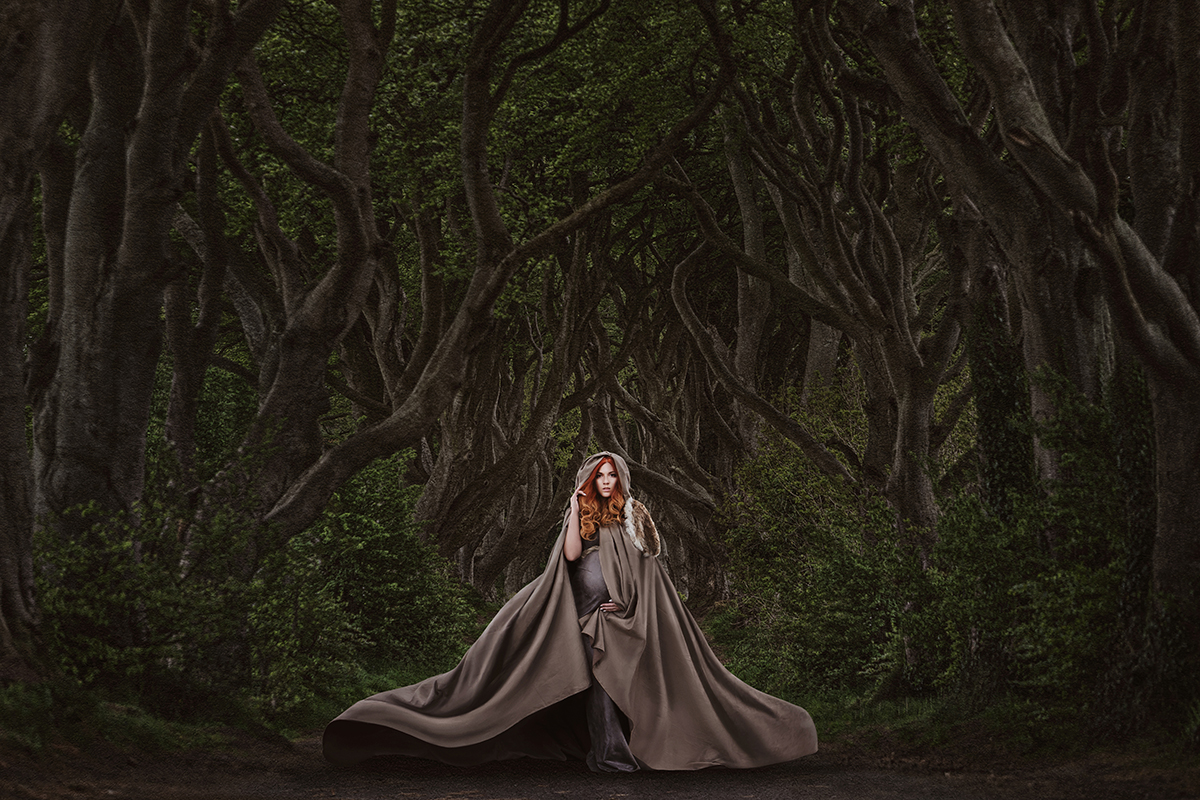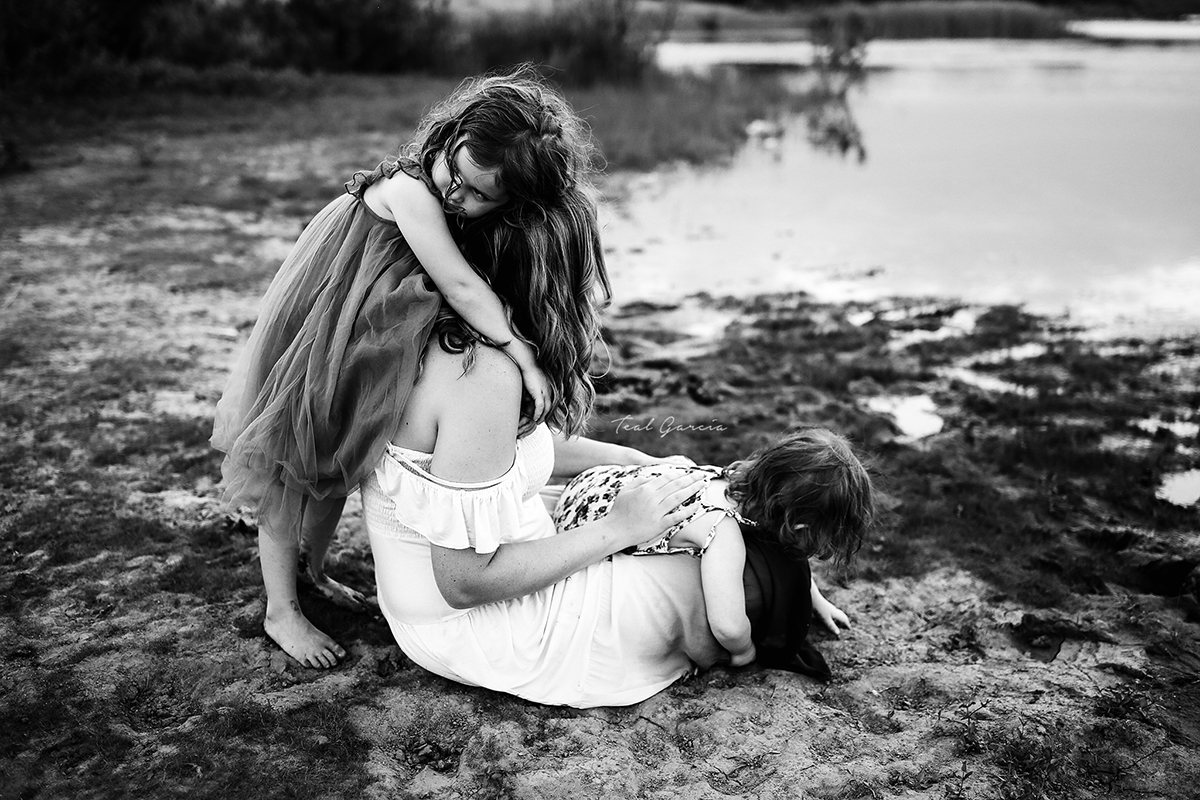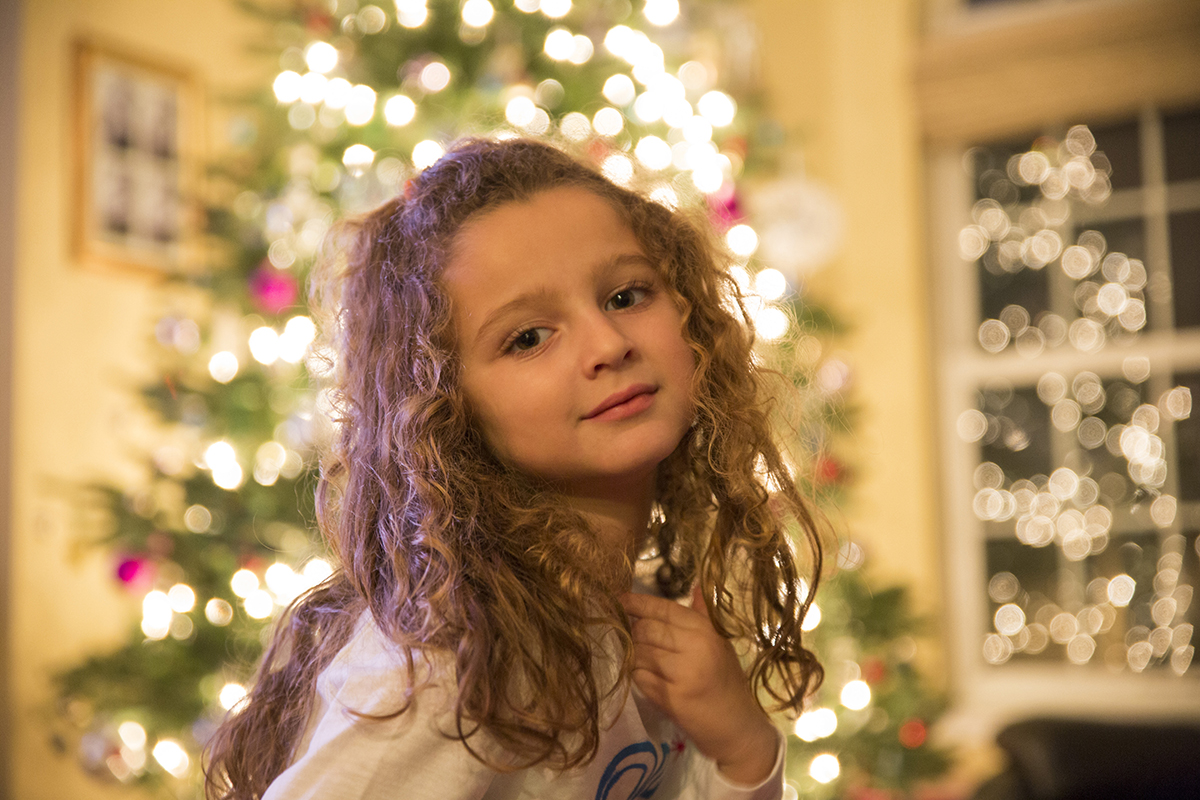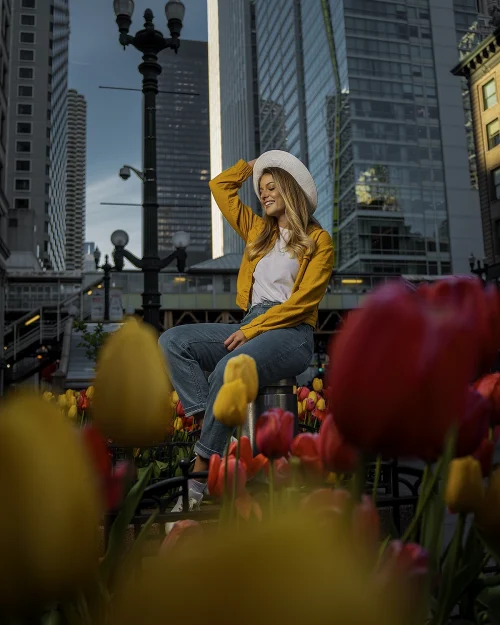
Portraits With a Punch
Diego Levano’s Tamron 28-75mm F2.8 G2 and 70-180mm F2.8 G2 lenses help depict his models in the best light.
Text by: Jenn Gidman
Images: Diego Levano
Share Article
Diego Levano’s Tamron 28-75mm F2.8 G2 and 70-180mm F2.8 G2 lenses help depict his models in the best light.
When Diego Levano moved to the US from Peru in 2015, he missed dabbling in music with his brother and friends, so he turned to photography as a new creative outlet. “I remembered how my brother and I used to film and photograph our family trips, compiling everything together in videos as a way to preserve memories,” he says. “That’s what initially drew me to photography. I started with family sessions, but over time, I transitioned into portraits, because I found them to be so much fun.”
Today, Diego’s wife, Kendra, heads with him to every photo shoot for their LVN Studio (the “LVN” is simply a shortened version of “Levano”) to help capture behind-the-scenes content, while his brother Luis and sister-in-law Claudia assist in managing the company’s social media channels. “It’s always felt like a team effort,” Diego says.
Also part of the LVN team: the Tamron 28-75mm F/2.8 Di III VXD G2 standard zoom and 70-180mm F/2.8 Di III VC VXD G2 telephoto for his Sony mirrorless camera system. “These lenses are a must-have for me because of their versatility and how they keep me in the creative flow,” Diego says. “The 28-75mm F2.8 is my go-to lens, as it lets me capture multiple perspectives without switching lenses. At 28mm, I can shoot wide, capturing the full scene with props, model, and background. Then, at 75mm, I can get a completely different look with dreamy bokeh and a more intimate feel—all within the same themed shoot.”
The 70-180mm F2.8, meanwhile, is the ideal complement to Diego’s 28-75mm F2.8. “I also love the bokeh I can achieve with this lens,” he says. “I wanted to highlight that with the image you see here of the model pointing at the camera, where I used string lights to create a leading line from the camera to her. We wrapped the lights around a railing we found on the street, positioning them in the foreground while the model stood on the other side. One of the biggest challenges in capturing this image was the cold weather—we could only stay outside for about 10 to 15 minutes before needing a break to warm up!”
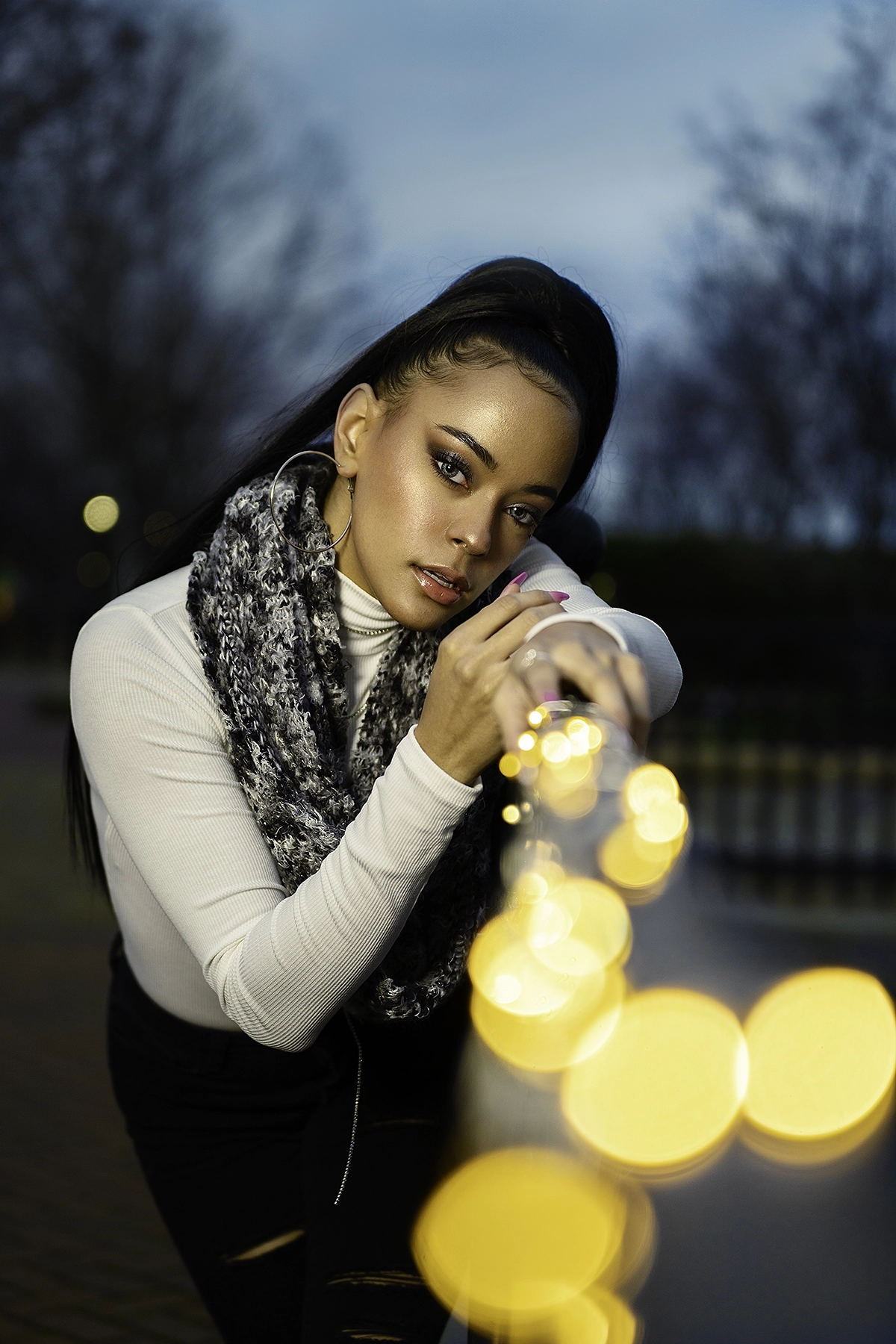
DIEGO’S QUICK TIPS
Balance the light.
I’m not too technical when it comes to lighting—it’s not something I feel needs to be perfect every time. I know the basics enough to bring my concepts to life. When shooting outdoors, I tend to use a flash almost the entire time. It helps my subject stand out while ensuring the background still comes through. Indoors, I prefer constant lighting for the same reasons—I use just the right amount of lighting I need to make the concept work, keeping it simple and effective.
However, make sure your light is balanced. For the photo of the model in Chicago right before sunset, shot with the 28-75mm F2.8 lens, we stumbled upon a great spot where I could frame the model perfectly in the center of the river, with the city skyline as the backdrop. The timing was just right, with the warm tones from the golden hour reflected off of Chicago’s architecture. This created a beautiful contrast with the cooler blue tones from the buildings, resulting in a balanced mix of warmth and coolness in the scene.
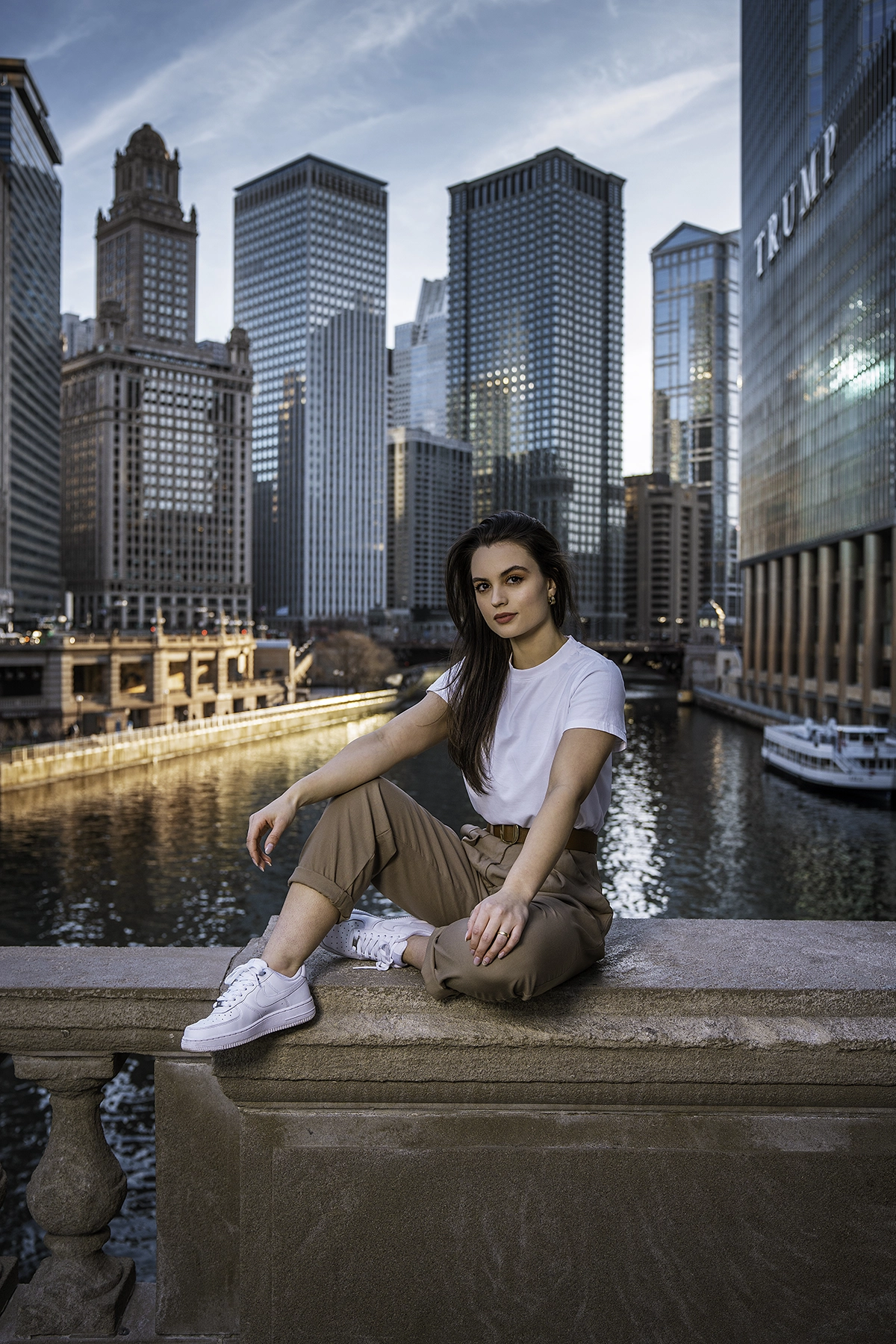
Set the scene.
When it comes to backgrounds and shooting outdoors with specific props, I often walk around the area until I find a background that feels right for the content at hand. I enjoy challenging myself this way—it keeps things fresh and spontaneous. In general, I tend to look for backgrounds with symmetry or ones that naturally frame the model, whether it’s through flowers, lights, or depth. I love backgrounds that add dimension and help highlight the subject, making the entire shot feel cohesive and balanced.
Angle it right, for the “right now.”
I like to keep my photo shoots spontaneous, and I approach angles the same way. While I’ll have a general idea of the theme or background in my head, I tend to visualize how the photo will look and the specific angle that will best capture that vision. I don’t have a fixed preference when it comes to angles—it really depends on the theme, background, and overall context of the shoot. I like to experiment throughout the shoot, even if I hadn’t planned them out in advance. It’s all about discovering what works in the moment.
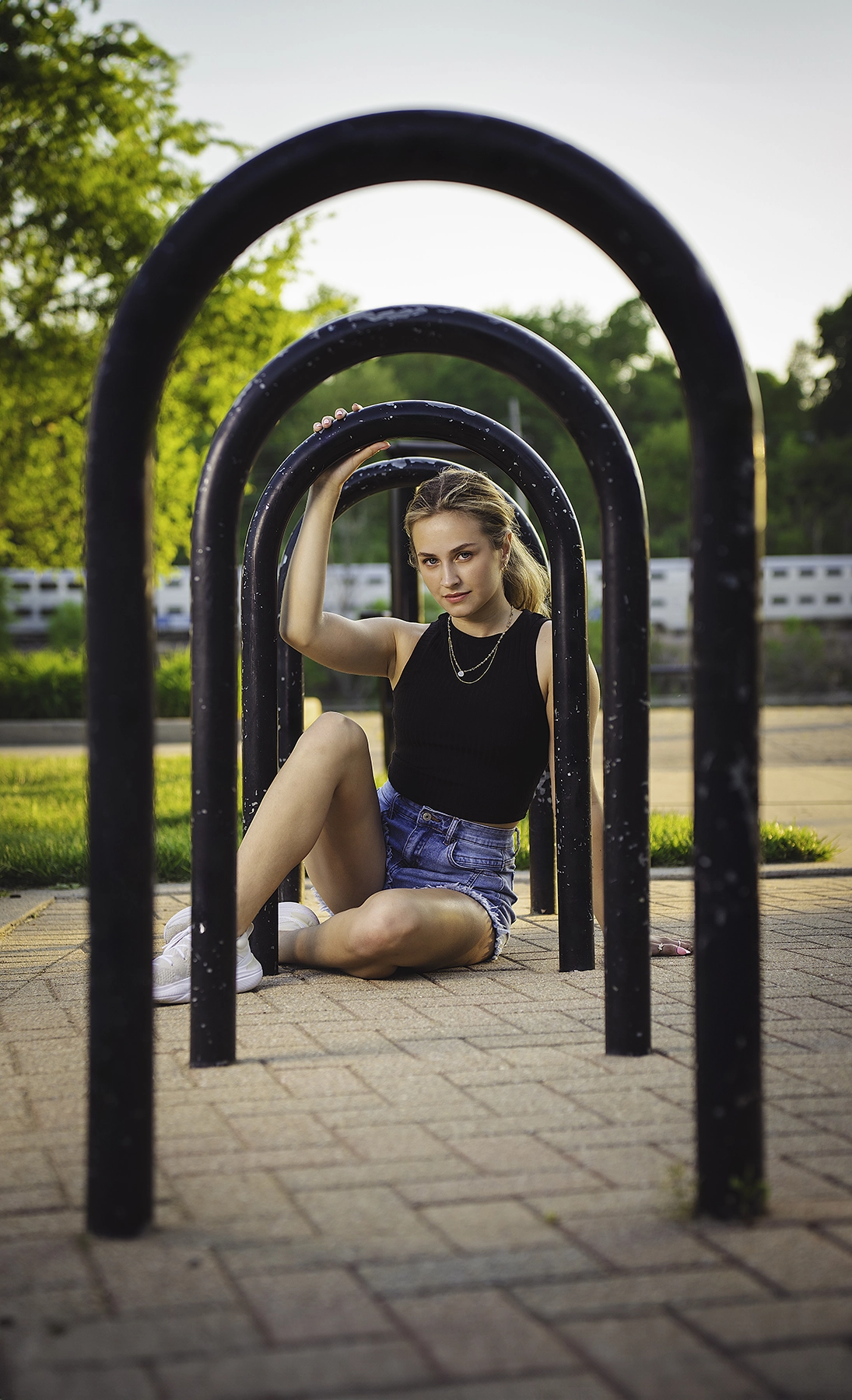
Add depth with foreground elements.
For the woman shown here sitting among the tulips in Chicago, I aimed to create a strong composition by using those tulips as the foreground, with the buildings serving as the background. The 28-75mm F2.8 lens was perfect for this scenario, as it allowed me to frame the model between the tulips, achieving a sense of symmetry and a visually pleasing composition. The same for the photo with the empty bike rack and the model lounging in back of that pile of rocks, which we stumbled upon by the river. The uneven placement of the rocks created an eye-catching composition, allowing me to frame the model between the rocks and grass.
